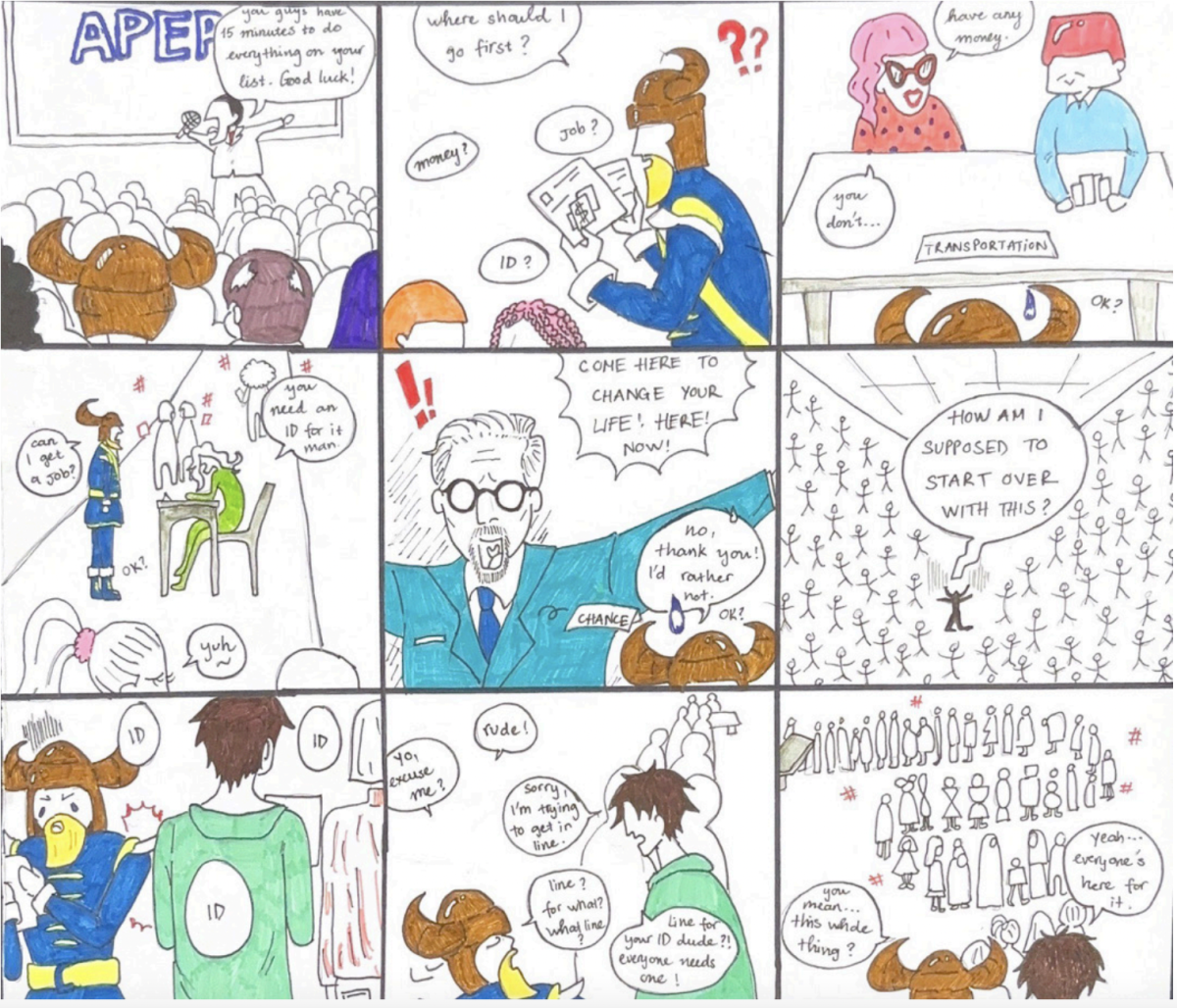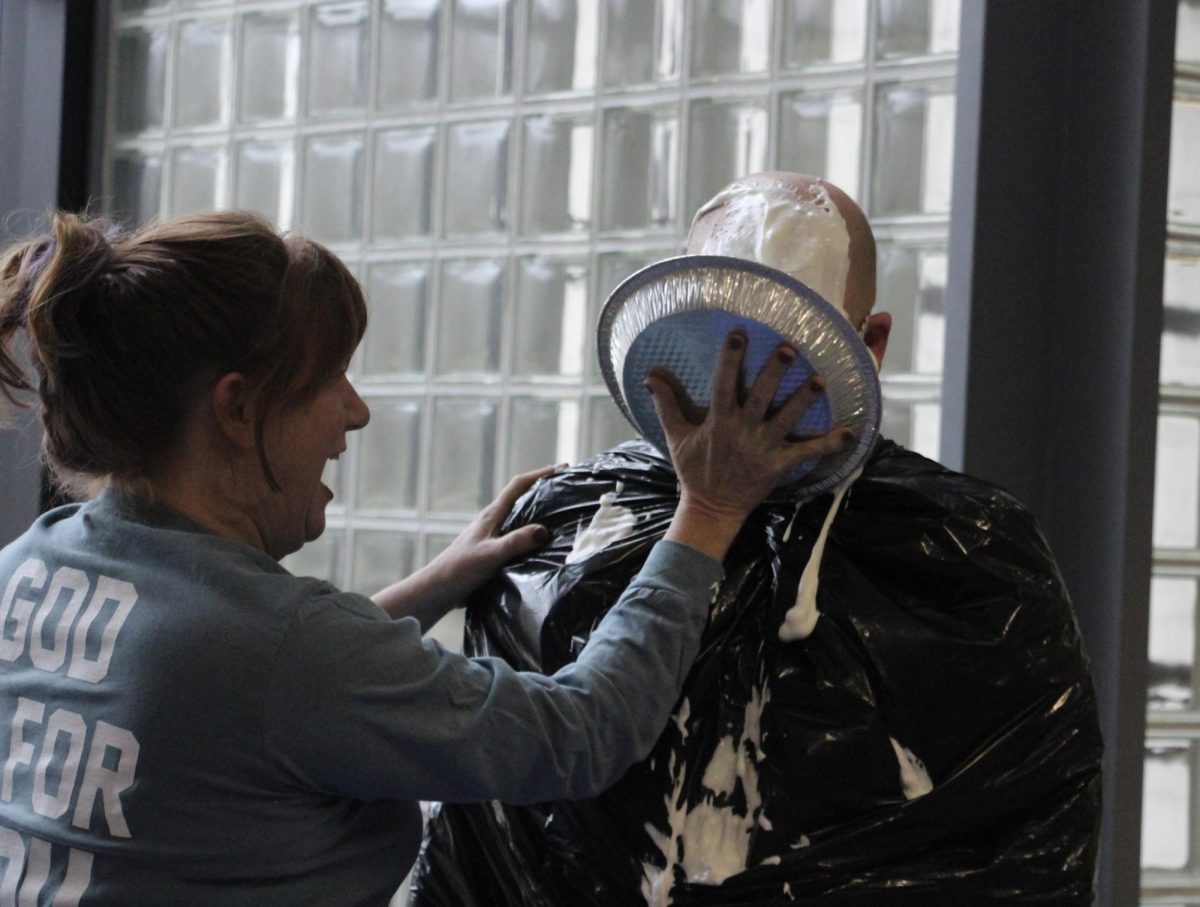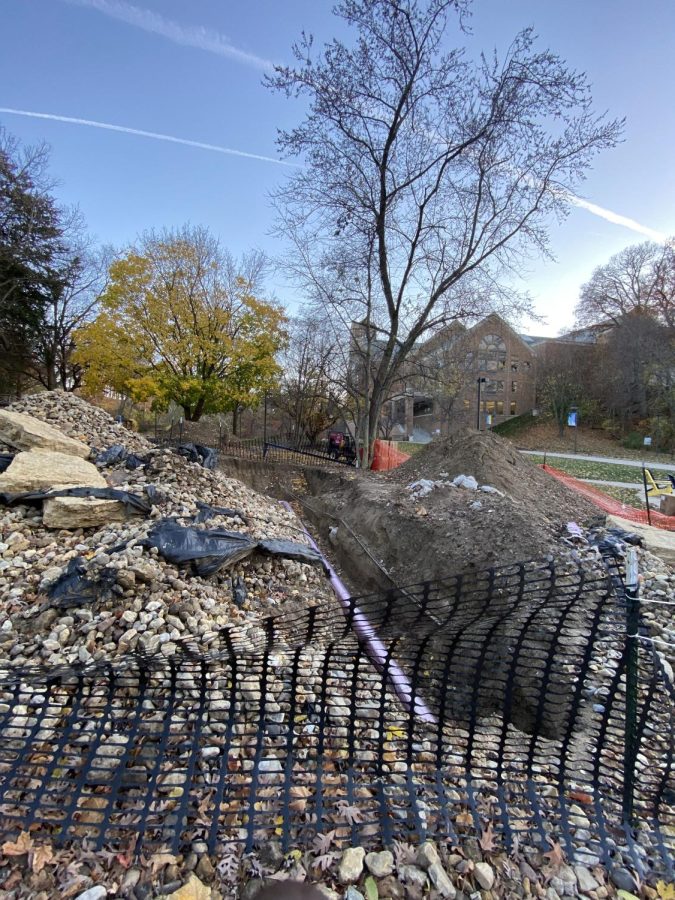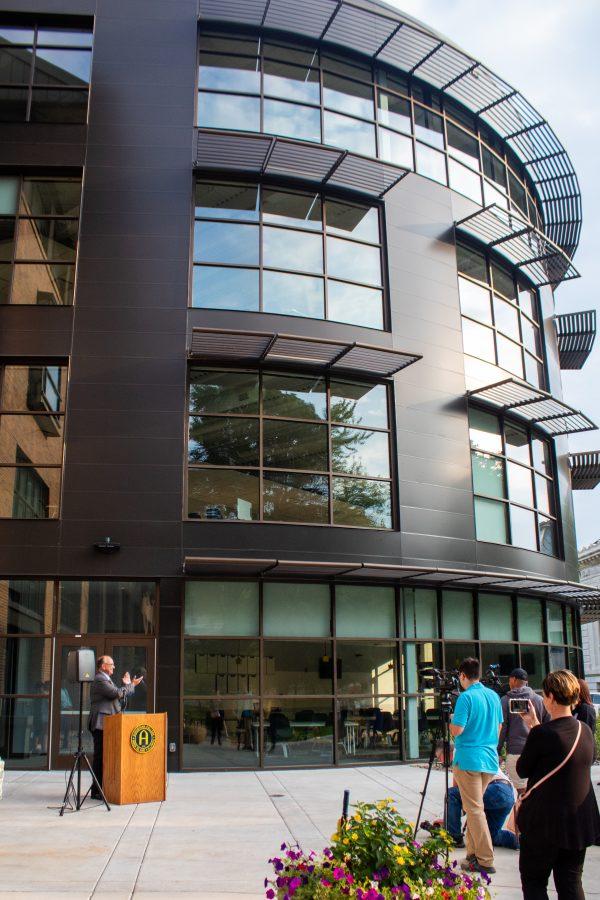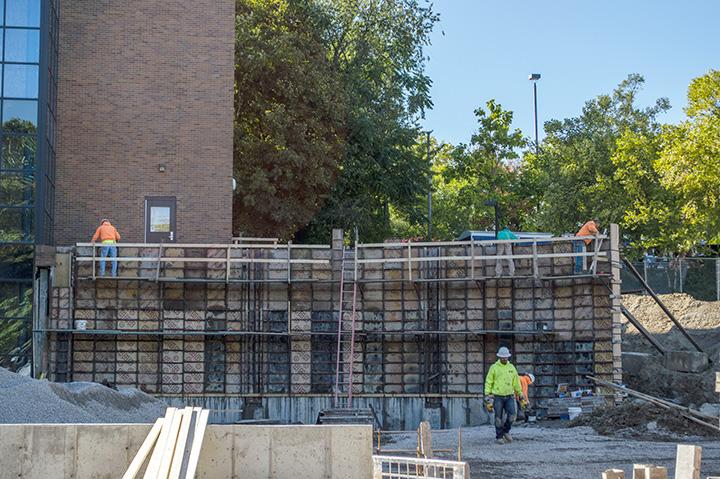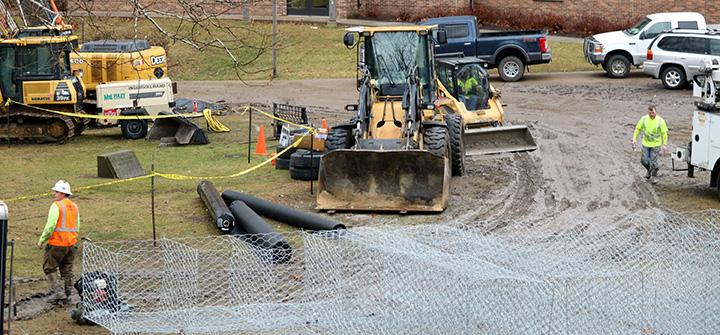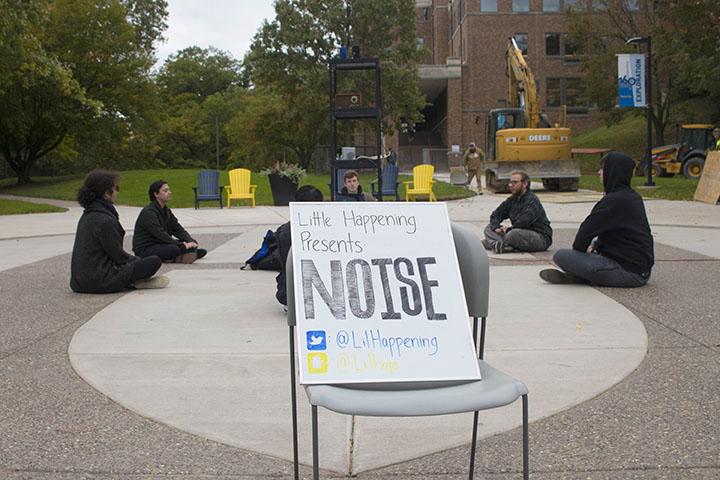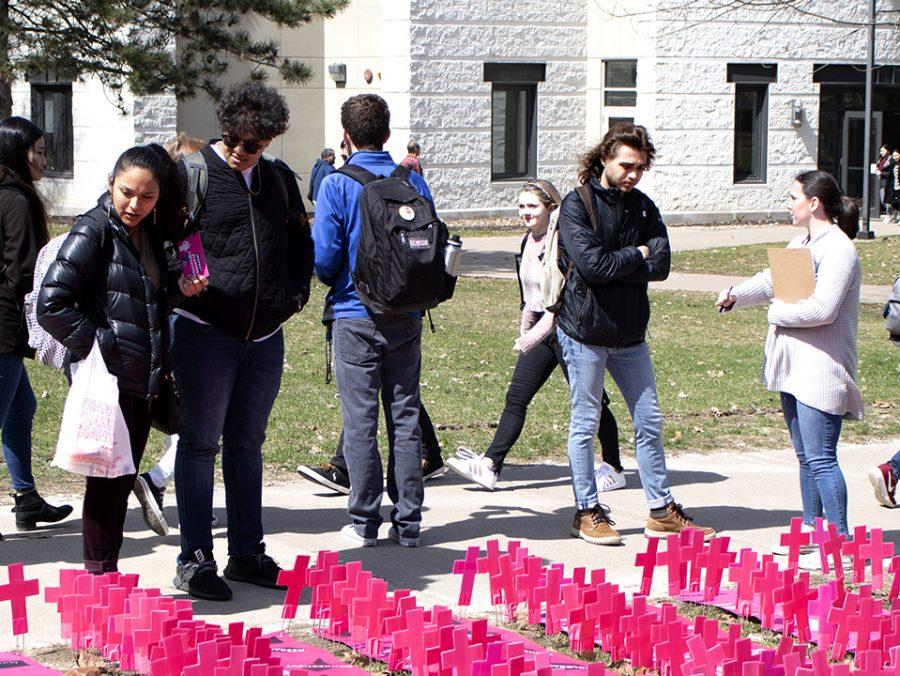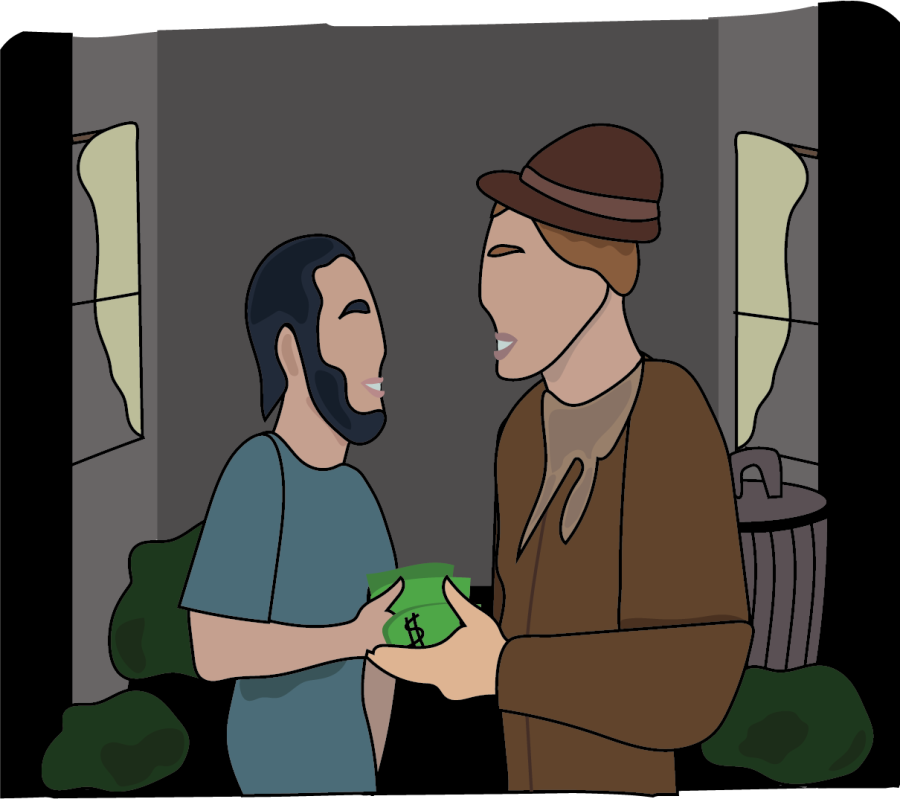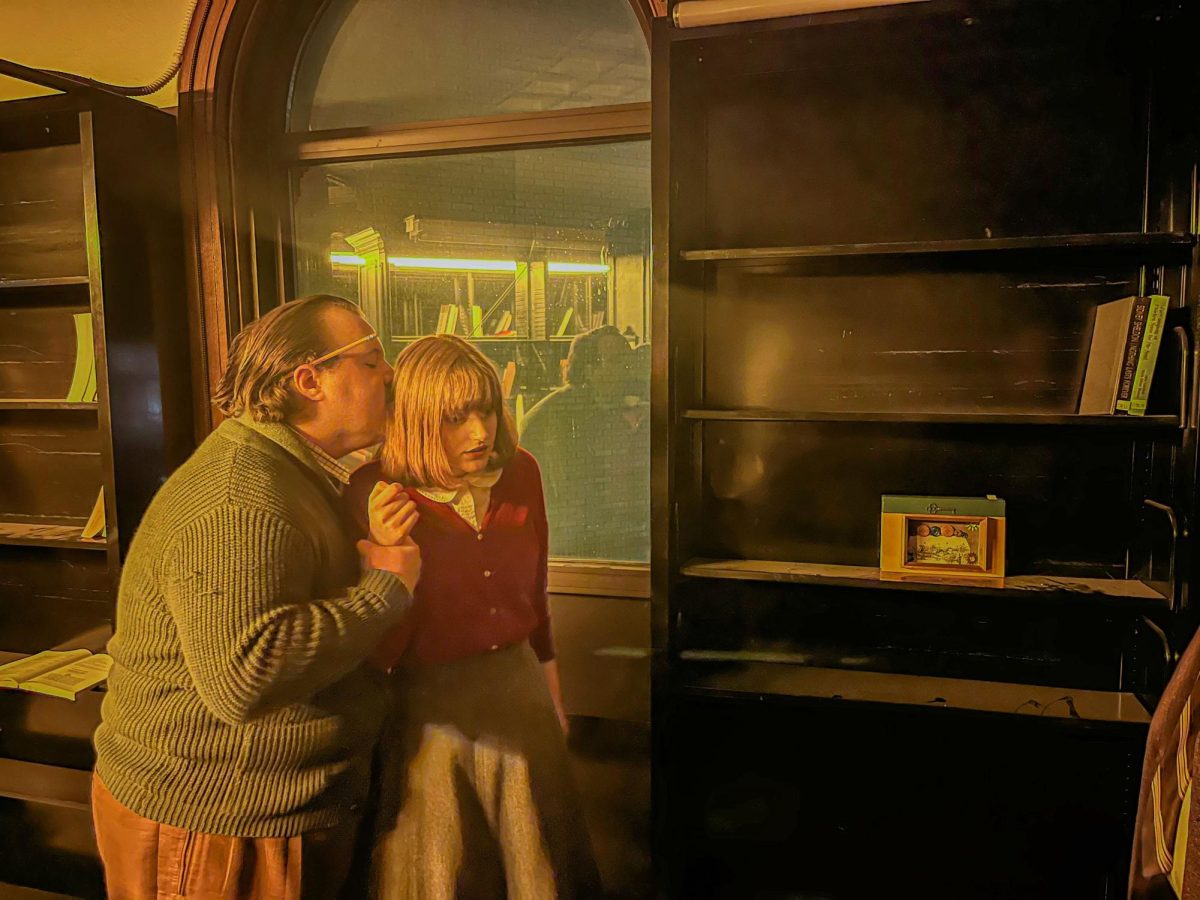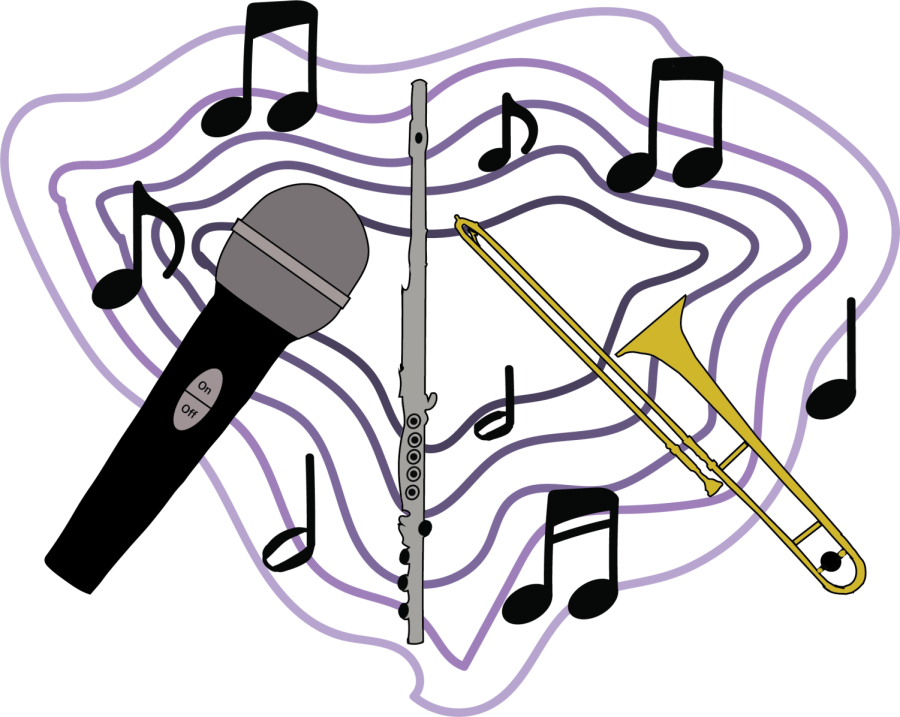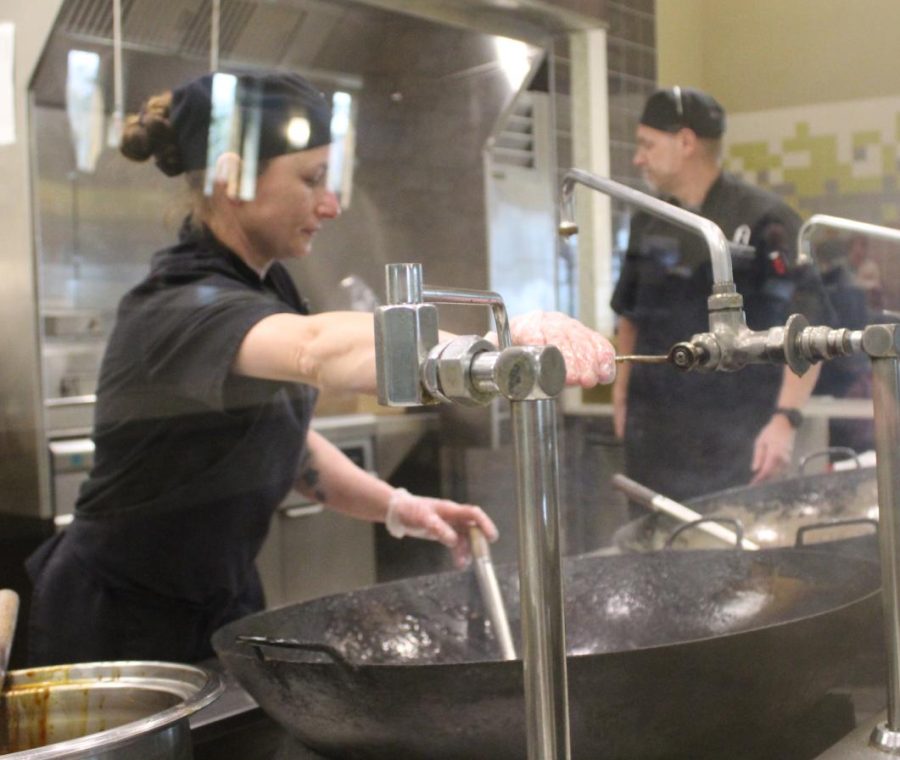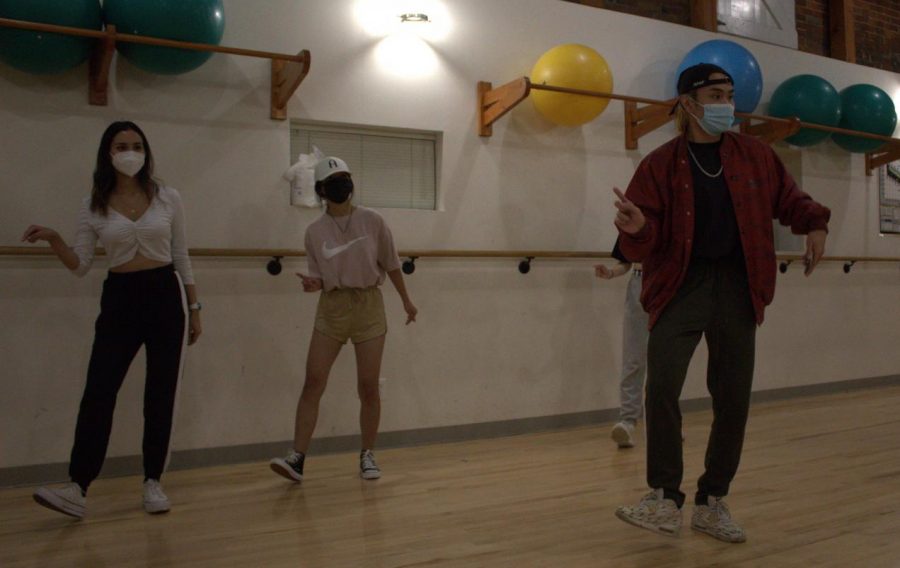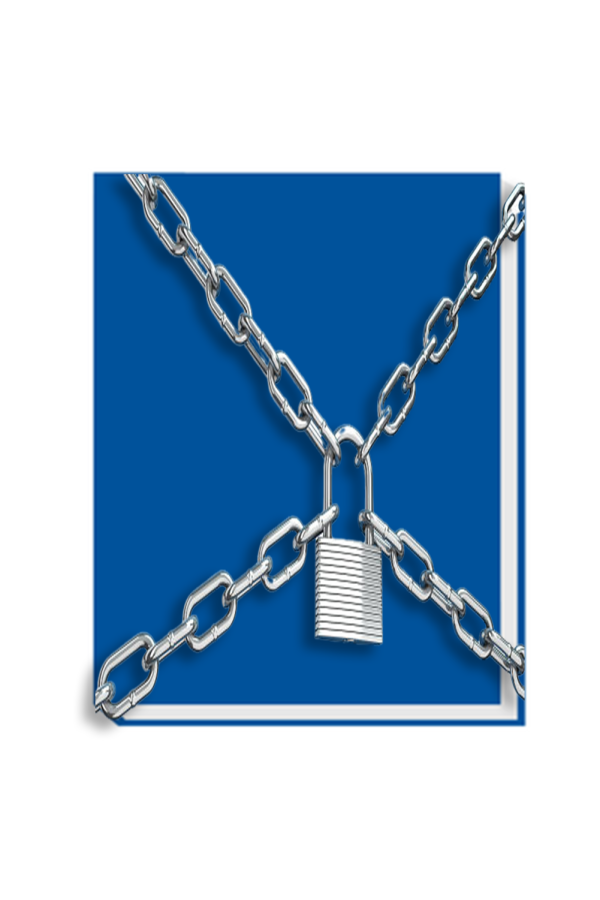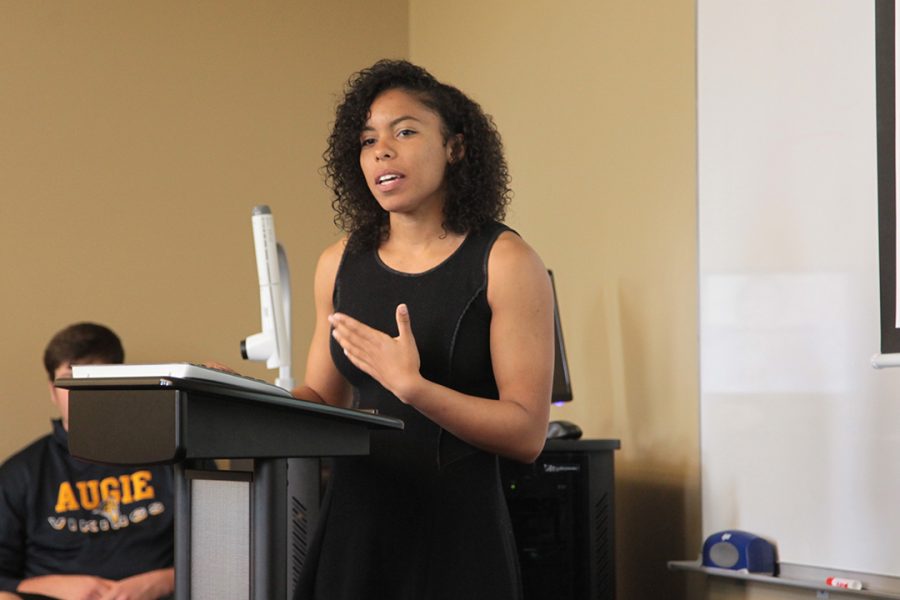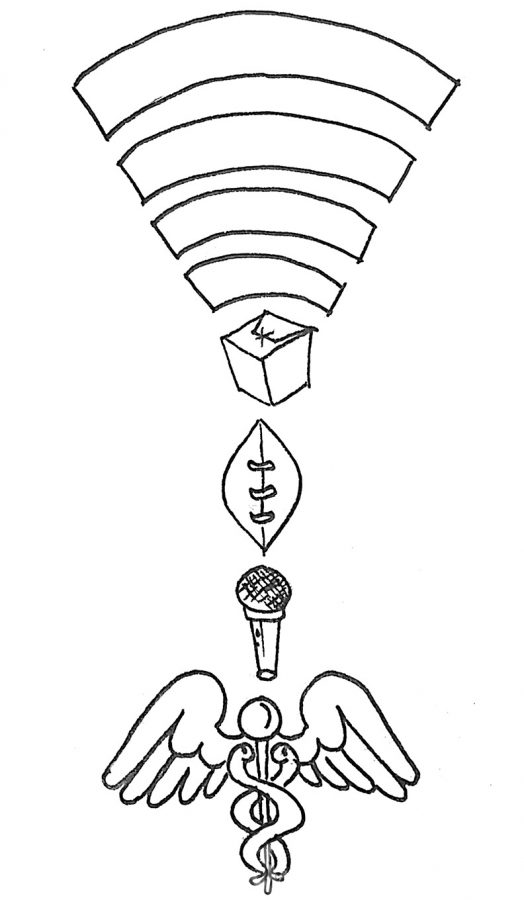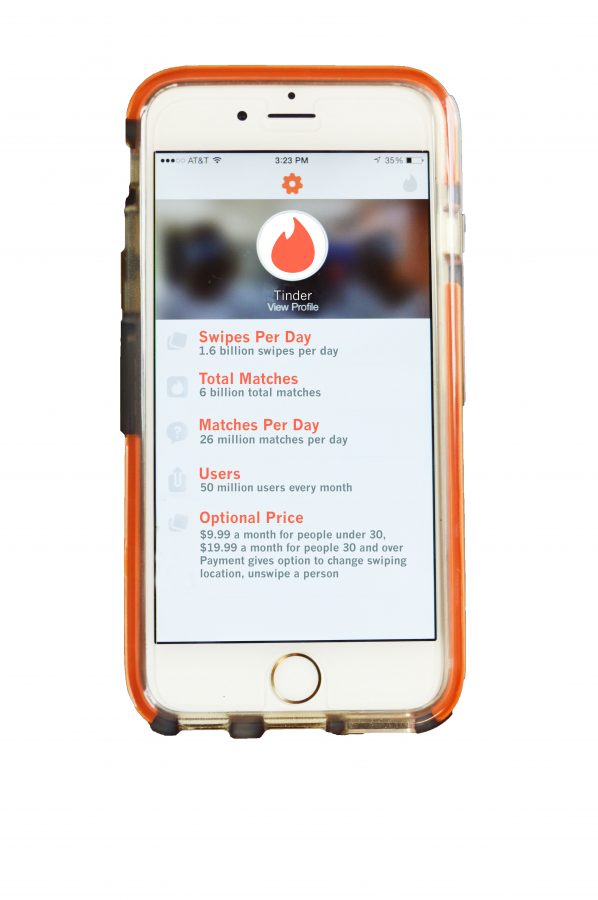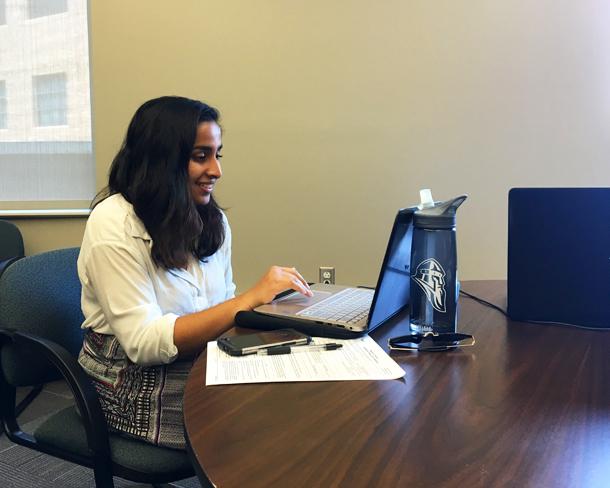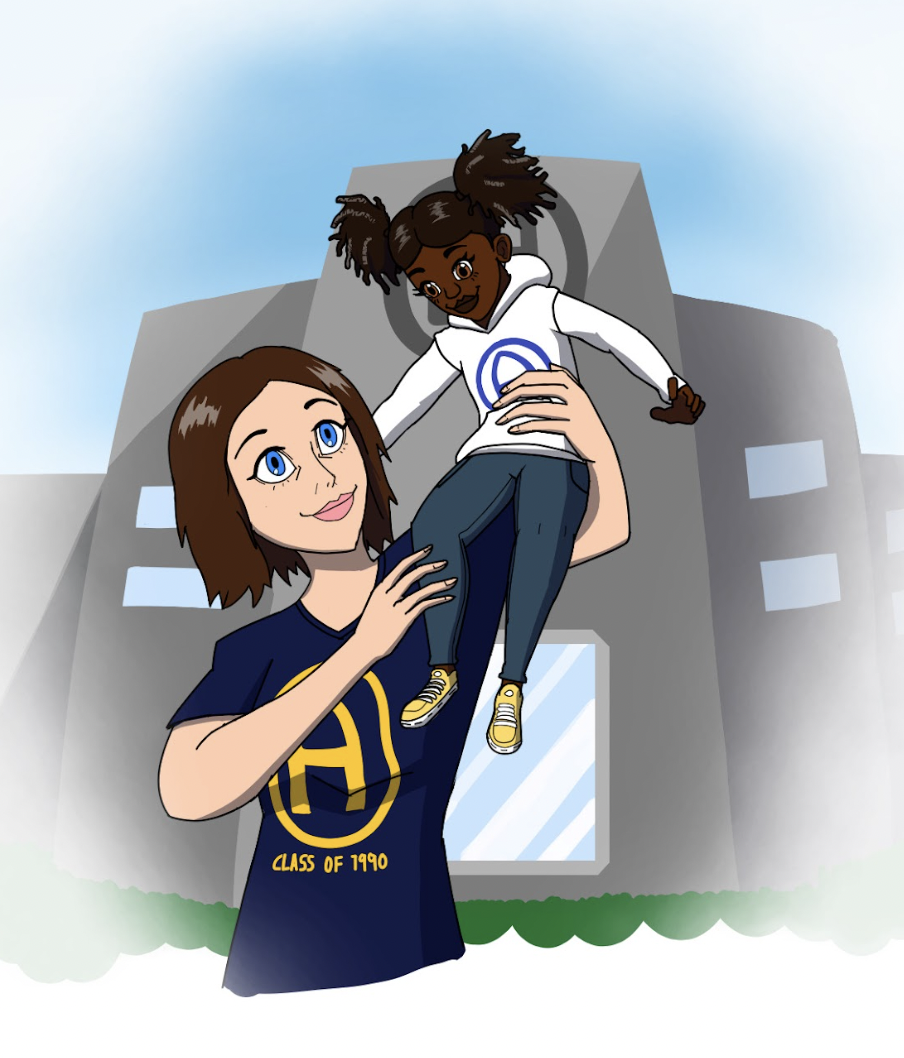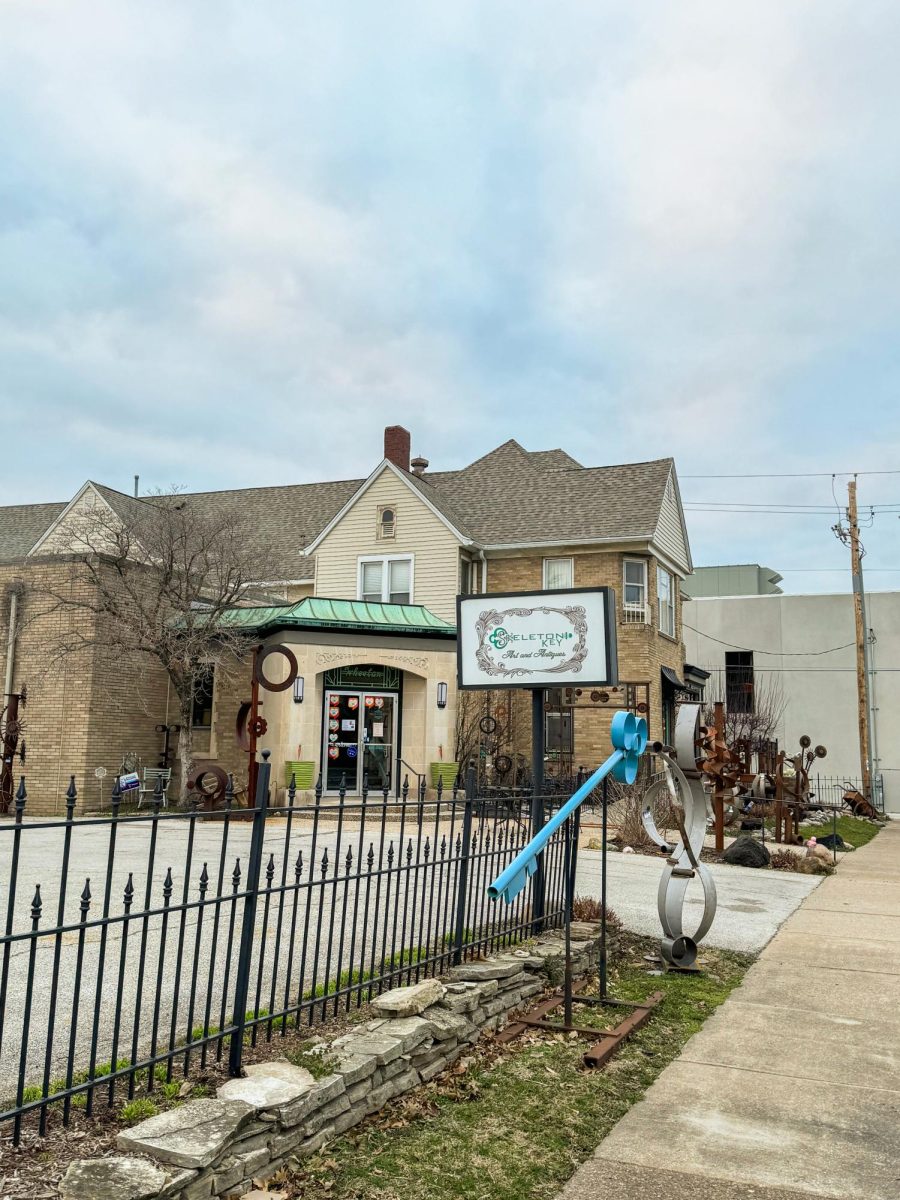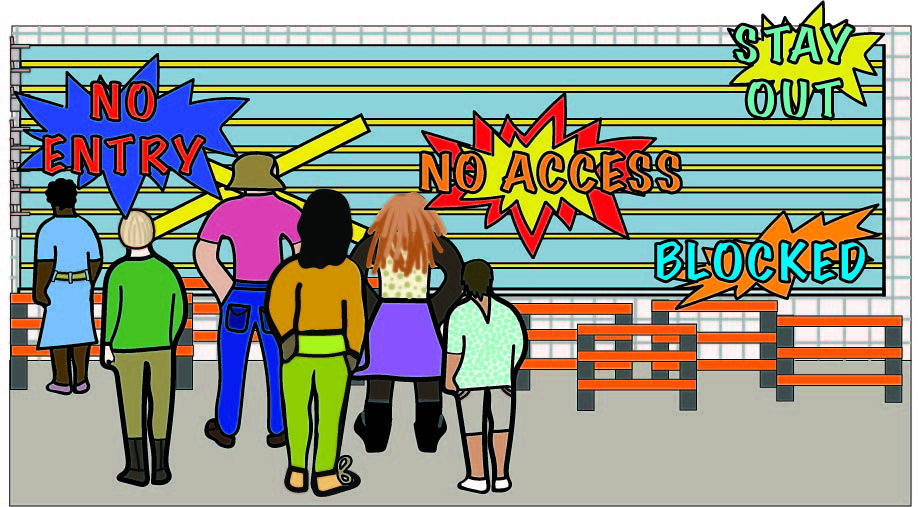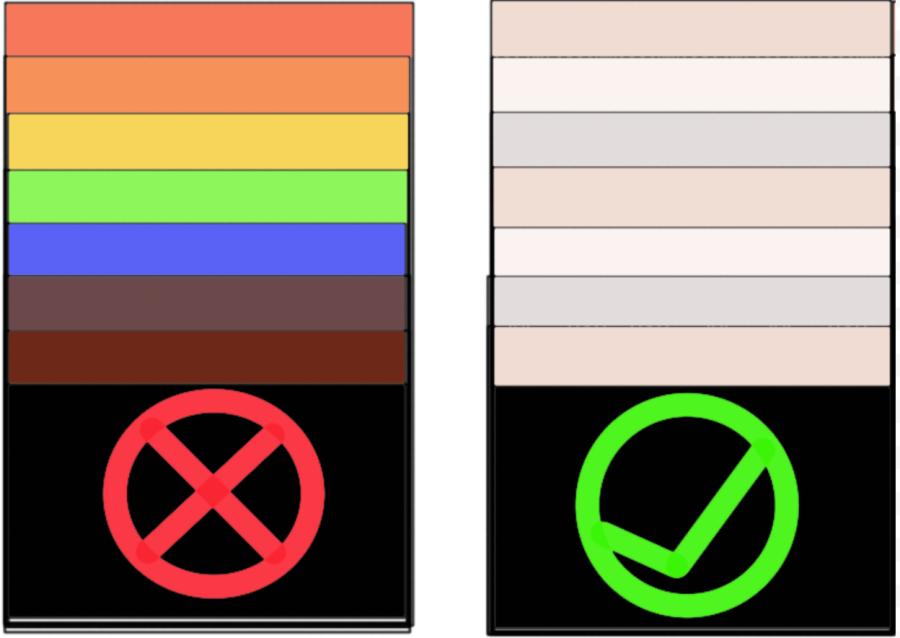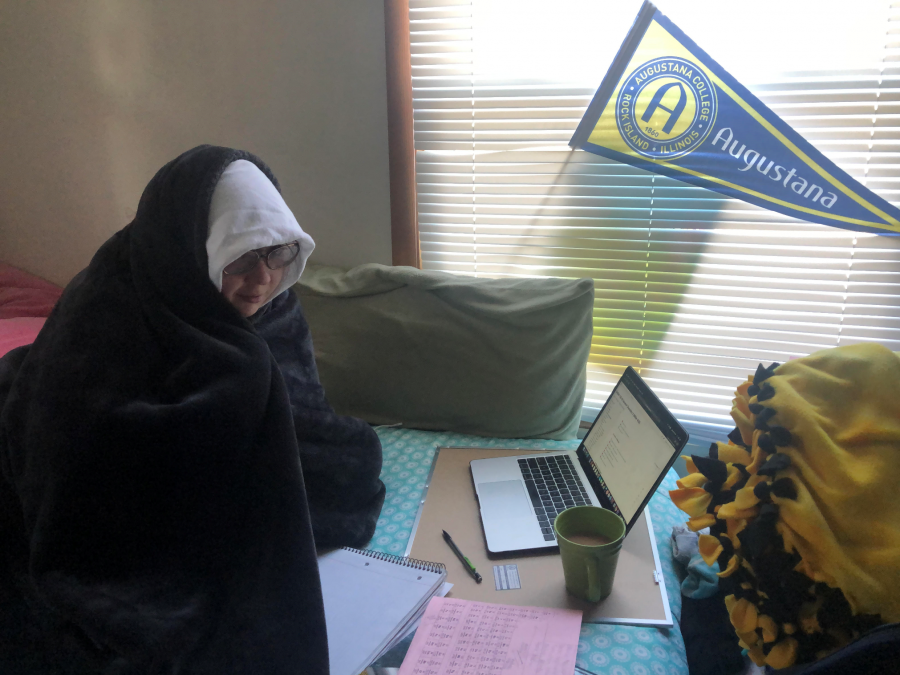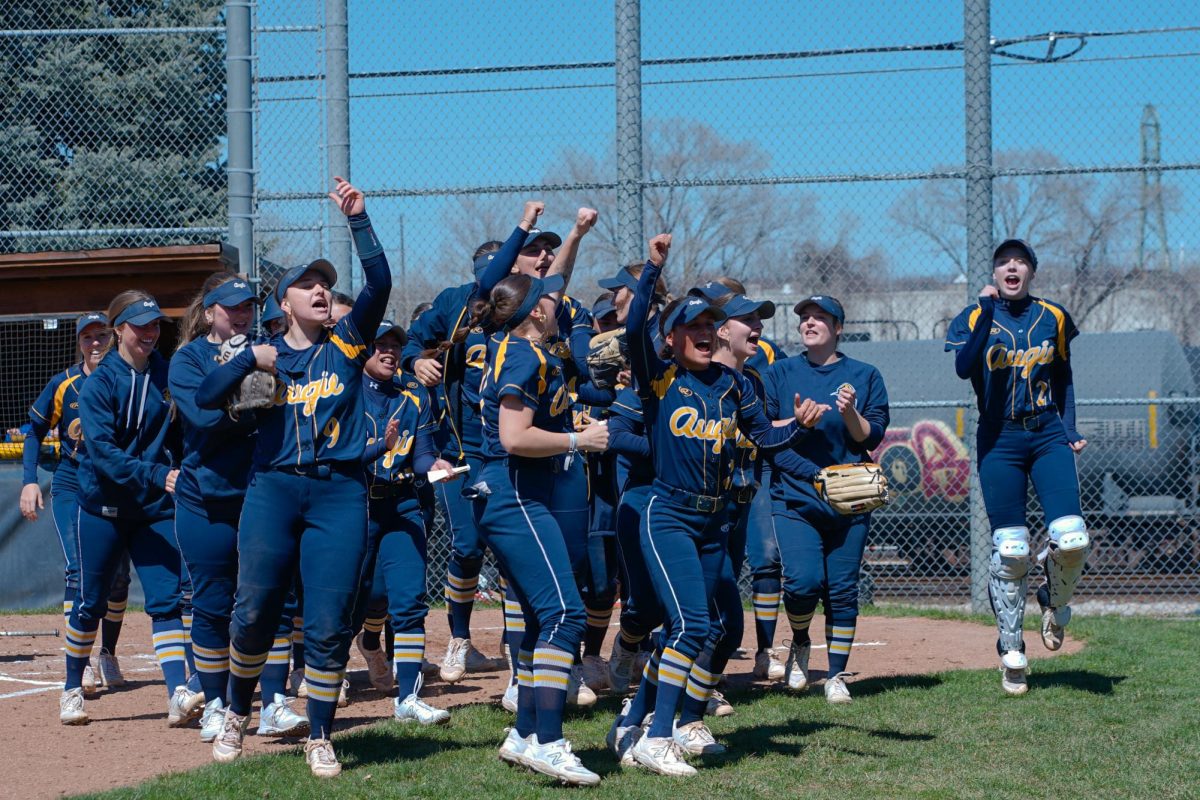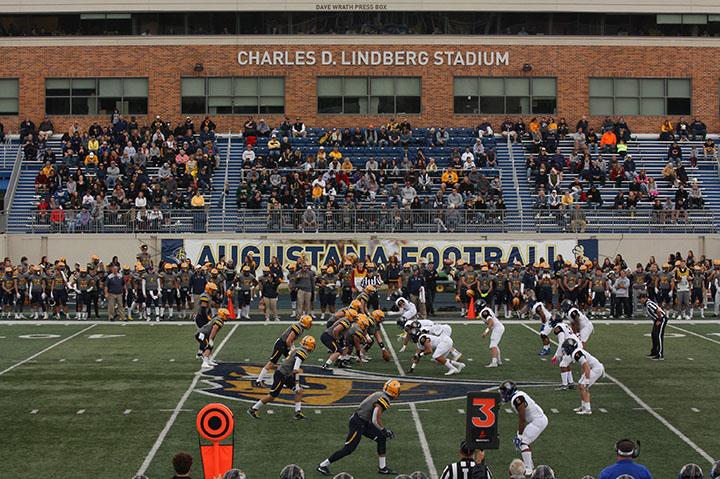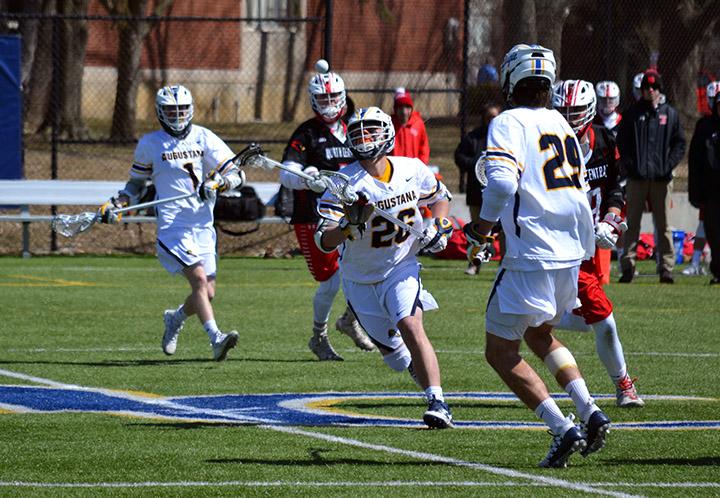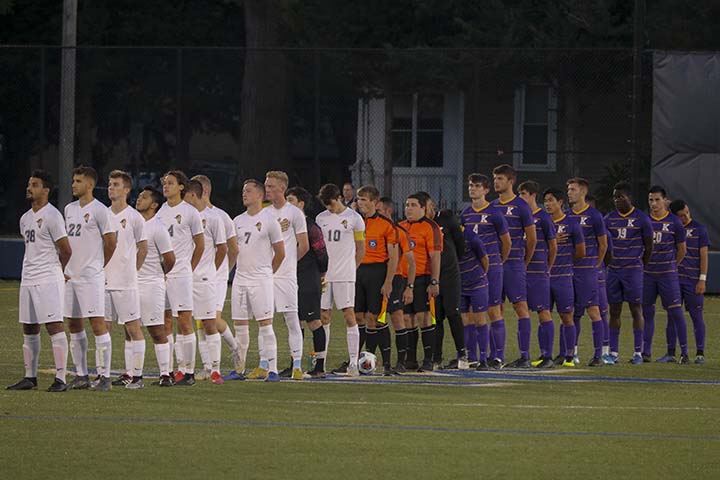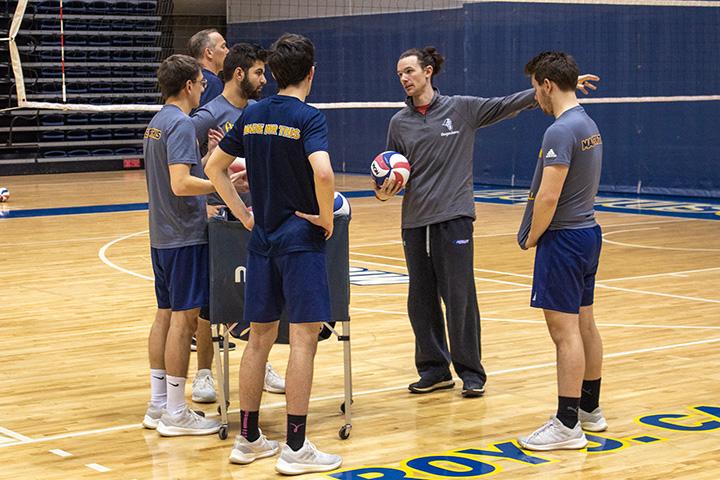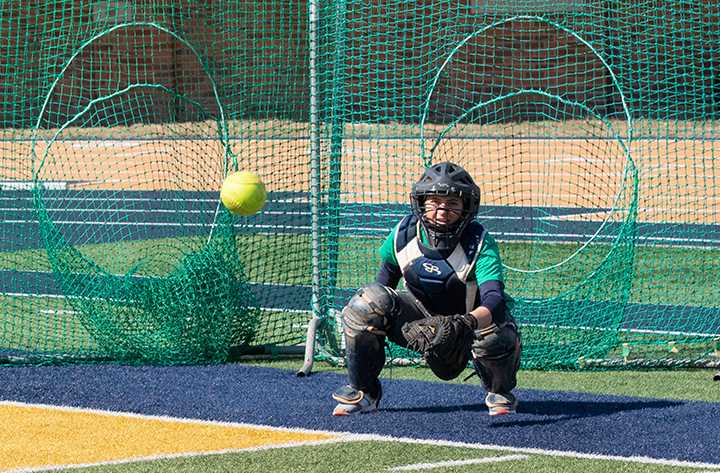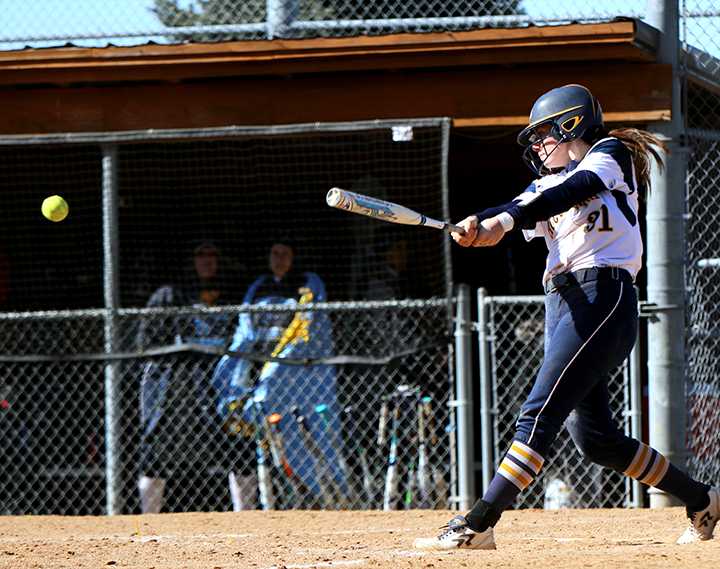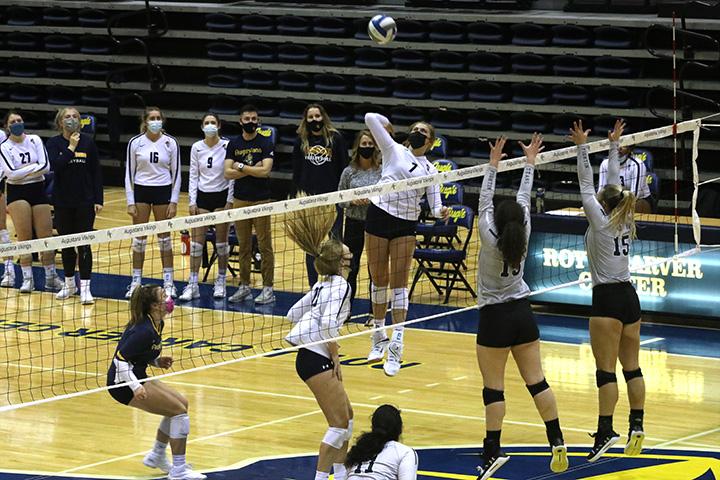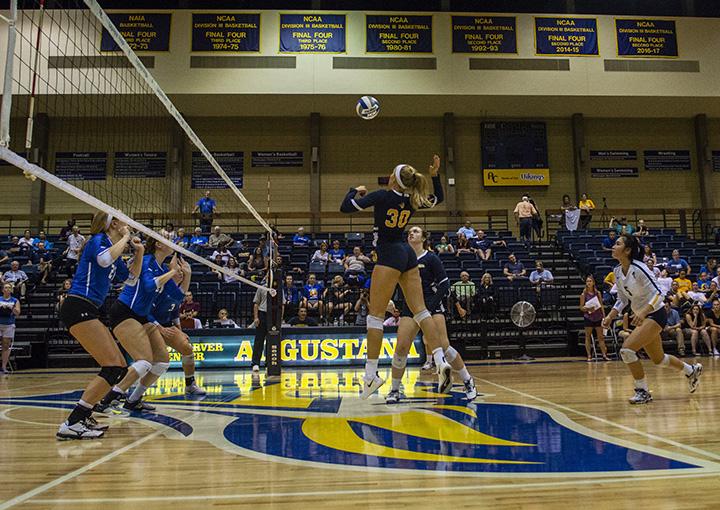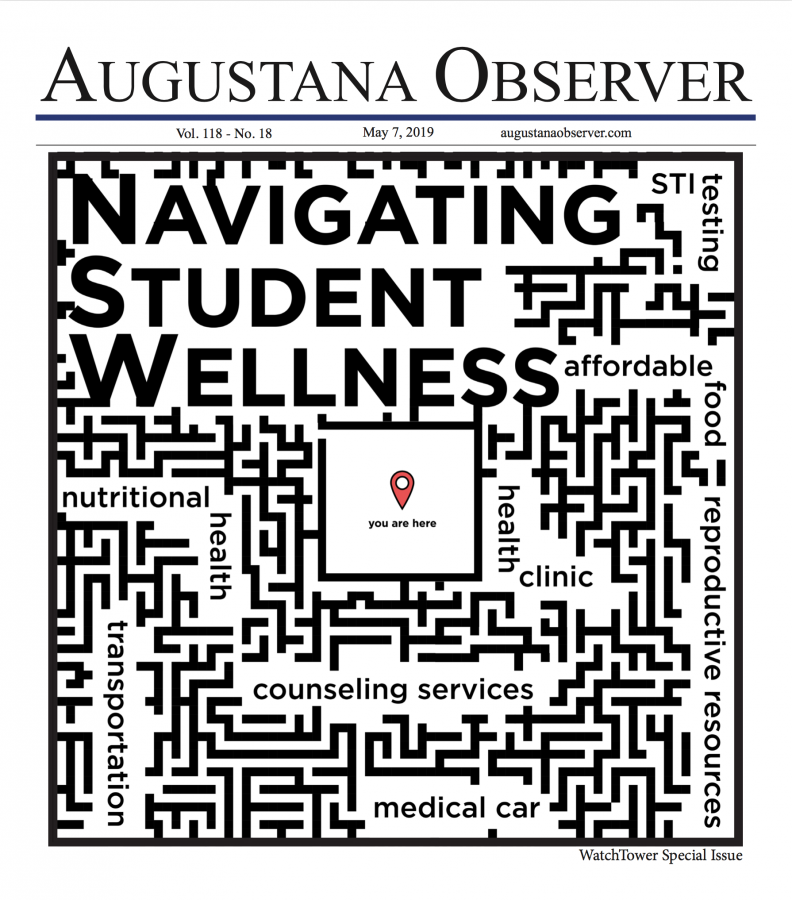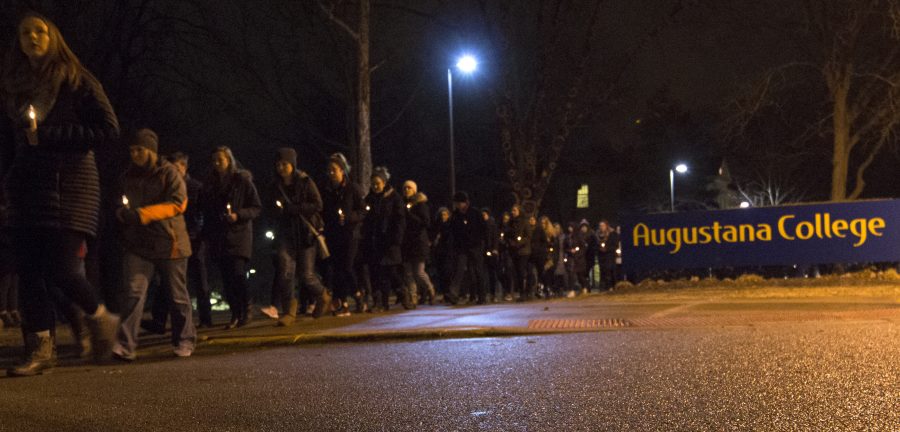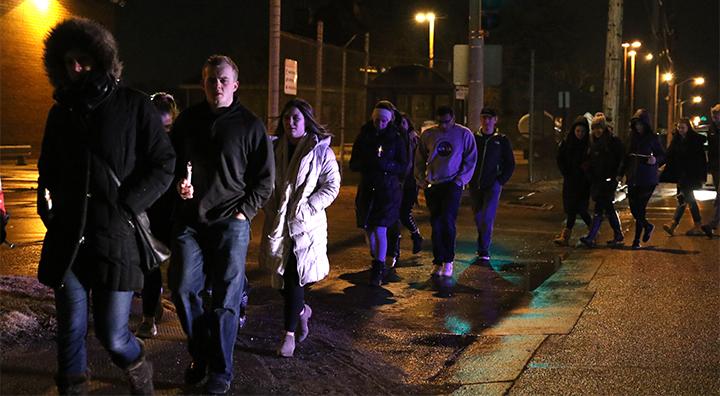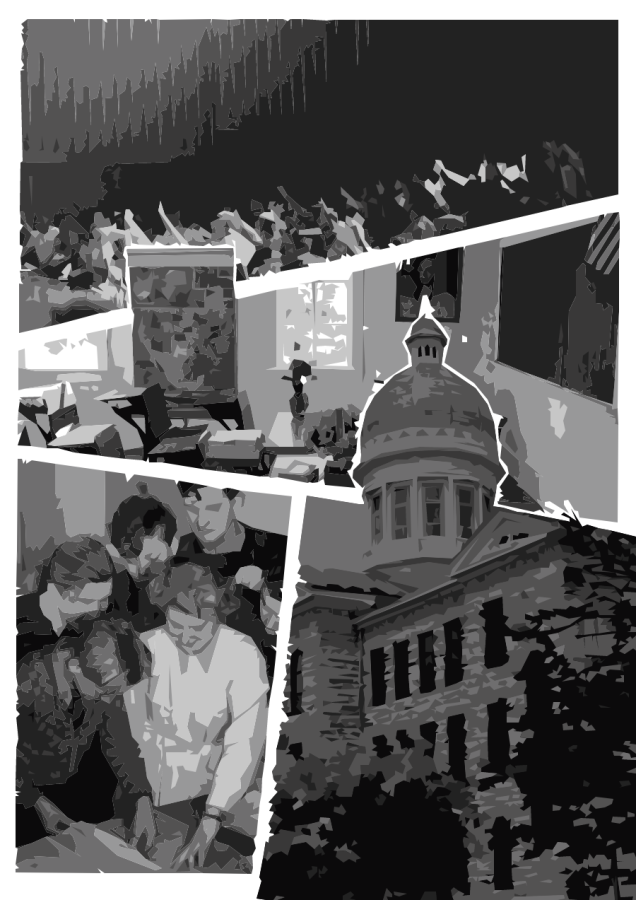The U.S. Treasury will run out of borrowed money on Oct. 17 and the government will be forced to raise the debt ceiling or default.
Obama has called on Congress to raise the debt limit but has promised not to negotiate on the increase.
If the debt ceiling, currently at $16.7 trillion, is not raised by the 17th, Treasury will have $30 billion left.
If a deal is reached to raise the debt ceiling, the U.S. could receive a reduced credit rating.
This means that interests rates on certain debts may rise, such as mortgage and corporate rates and loans. Augustana students looking to buy a home after college or a car may receive higher interest rates.
Tristan Coughlin, assistant professor of economics at Augustana, believes that the debt ceiling will most likely be raised.
“There will be less effects locally if the debt ceiling is raised,” he said. “If it isn’t raised, the biggest concern is interest rates rising and government debt will go up.”
If the debt ceiling is not raised, the economy could worsen. This would make it more difficult for the unemployed to find jobs, especially students graduating from college entering the job market.
Stocks such as the Dow, the S&P 500, and the Nasdaq have dropped up to a percentage in the past few days as a result of debt ceiling uncertainties.
If the Congress cannot come to a conclusion on the debt ceiling, stocks may continue to drop.
Greg Larson, president of Investor’s Club and Student Investment Funds, said his stocks and other students’ stocks have not taken a huge hit, but could drop if the economic and political future continues to be uncertain.
The biggest concern with the debt ceiling is its uncertainty, according to Larson.
“Primarily, political uncertainty creates businesses to not hit its GDP (Gross Domestic Product), which causes more uncertainty,” he said. “When businesses aren’t sure about the country’s economy, they’re not going to do as well.”
If the debt ceiling is not raised, the Treasury could also default, which means it cannot pay its obligations. This would cause a financial crisis.
The government would no longer pay its employees or give them benefits, interest rates would increase, and the value of the dollar would drop.
This would also mean that there would be no payments towards Social Security, Medicare, and Medicaid payments, and any federal buildings would close. An increase in interest rates affects the cost of buying a house and doing business.
“Interest rates could go up,” said Coughlin. “That has the potential to crowd out private investment. Also, it could cause a downgrading of the U.S. government’s credit rating.”
Ann Ericson, professor in business administration, said it would be a black eye if the government defaults.
“Not only would it directly affect the people working for the government, but there are ripple effects. It would shutdown private companies as well, in essence.”
The government pays for subsidized Stafford loans, which are based on financial aid. In a default, the government would no longer pay interest on these loans.
Ericson said the effects of a default are also global.
“Other countries are dependent on interest payments,” she said. “Countries who have invested in securities are not getting their payments.”
Larson thinks that there will most likely be a combination of federal spending cuts and a debt ceiling raise as long as Democrats and Republicans come together to stop the government deadlock.
“A default is highly unlikely but is still a possibility if the deadlock continues and ObamaCare continues to be a hot topic that people won’t compromise about,” said Larson.
Coughlin does not think the public’s opinion will change if the debt ceiling is raised.
“Once it happens, people will just forget about it,” he said. “I think people will be more upset if it isn’t raised.”
The debt ceiling was first put into effect in 1917 and has been raised 14 times since 2001. The last crisis was in 2011.
A default has never happened in U.S. history so the full effects of a default are unclear.
Debt ceiling could create economic problems for students
October 8, 2013
Leave a Comment


